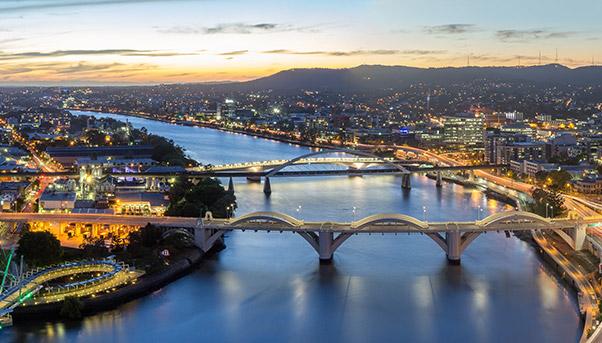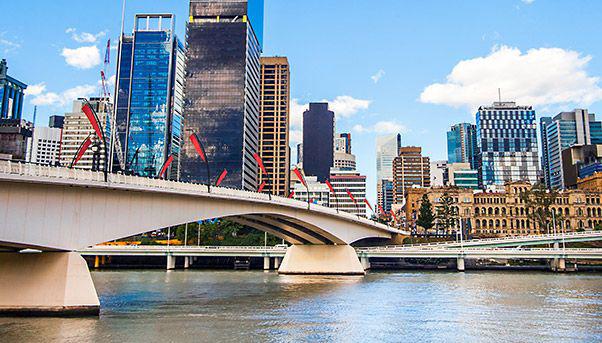
Queensland, the Australian state best known for being home to the Great Barrier Reef, is committing AUD$45.8 billion of its latest annual budget to infrastructure investment for the next four years, the most since its effort to recover from devastating floods back in 2011.
In presenting its 2018-2019 budget on June 12, the state government led by Annastacia Palaszczuk said the investment on road, rail and other infrastructure was necessary to meet the needs of a growing population and help make industry more efficient and productive. The amount is AUD$3 billion more than what was allocated in last year’s budget, and a lot of it is to support projects already underway.
«We are working to deliver the projects that will drive the economy, deliver better services and support tens of thousands of Queensland jobs every year», Treasurer and Deputy Premier Jackie Trad said in a message that accompanied the budget’s unveiling.
Dubbed the Sunshine State, Queensland is the biggest state in the country after Western Australia, covering an area of 1,727,000 square kilometres. The number of people living there recently reached five million.
It is Australia’s second biggest exporter of goods, totalling AUD$65.8 billion in the year to March 2017, according to a report by the Chamber of Commerce & Industry Queensland.
Although it is flush with cash from mining royalties, the government is encouraging the diversification of the state’s economy in order to reduce its reliance on mining, a sector that has made Queensland the world’s largest supplier of coking coal, used for the production of steel. Other industries in the state include agriculture, tourism and services.
«As Queensland transitions to a more innovative, diverse and productive economy, it is vital that our infrastructure helps Queenslanders make the most of our opportunities and provides long-term sustainable benefits to ensure we continue creating jobs for the future», reads a statement posted on the government’s website. It estimates that the AUD$11.6 billion to be spent on infrastructure in 2018-19, for instance, will directly support more than 38,000 jobs.
«In a fast growing state we want to ensure that growth is inclusive and that we take action now to create an economy that works for all, wherever they choose to live», said Trad. «We also want Queenslanders to feel equipped and inspired to participate and succeed in the modern economy».

Other states are also making big investments in infrastructure. New South Wales, for instance, is dedicating a record AUD$87 billion to infrastructure during the next four years.
Among Queensland’s biggest infrastructure projects is Brisbane’s Cross River Rail, a AUD$5.4-billion rail line that will run 10.2 kilometres through the state capital to help relieve congestion along the rail network.
During the five-year construction period, the project will support an average of 1,500 jobs each year and up to 3,000 jobs in the most intensive year of construction. Every Australian dollar invested will return AUD$1.41 in economic benefits. The total benefits are expected to exceed costs by AUD$1.9 billion.
There is also the state’s largest road infrastructure programme known as the Bruce Highway Upgrade. Begun in 2013, the 10-year program is improving safety, flood resilience and capacity along the length and breadth of the highway between Brisbane and Cairns. Running at 1,677 kilometres, it is the state’s major north-south freight and commuter corridor, with traffic along it ranging from 4,000 vehicles to about 145,000 every day.
Then there is the AUD$897-million upgrading of the M1, another important yet heavily congested route in Queensland. Nearly 30 million tonnes of freight moves along it between New South Wales and Queensland every year. Traffic along parts of the M1 can range between 50,000 and 155,000 vehicles per day.
Another ambitious initiative being pursued by the state government is an increase in the production of renewable energy, with the aim of having it provide 50% of the state’s electricity by 2030.
Energy Minister Anthony Lynham has spoken of AUD$20 billion in energy projects already in the pipeline.

